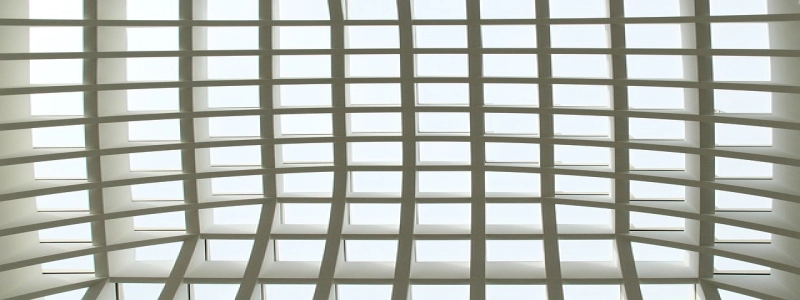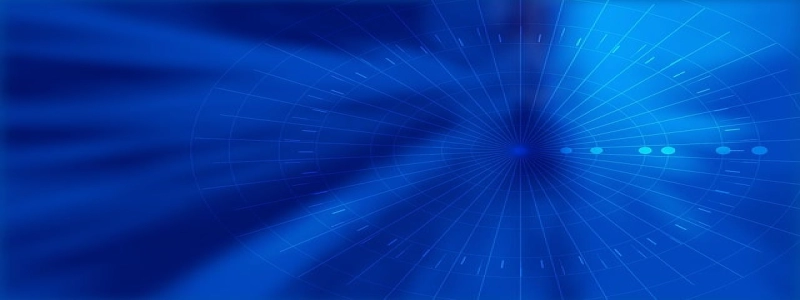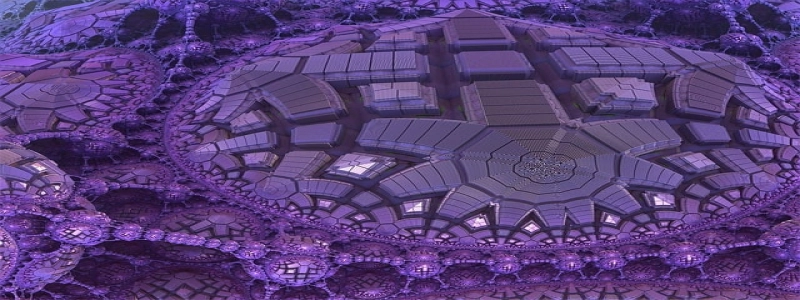# How to Certify Fiber Optic Cable
## Bevezetés
Certifying fiber optic cable is an essential step in ensuring its performance and reliability. In this article, we will discuss the process of certifying fiber optic cable, including the necessary equipment and procedures.
## Equipment Required
Before starting the certification process, it is important to gather the required equipment. Here is a list of the essential tools needed:
1. Fiber optic power meter
2. Fiber optic light source
3. Fiber optic reference cables
4. Fiber optic cleaning supplies
5. Fiber optic microscope or inspection scope
6. Fiber optic connector adapters
## Procedures
Certifying fiber optic cable involves several steps. Below is a detailed explanation of each procedure:
### Step 1: Visual Inspection
Begin the certification process by visually inspecting the fiber optic cable connectors. Use the fiber optic microscope or an inspection scope to check for any dirt, damage, or misalignment. Clean the connectors if necessary using the appropriate cleaning supplies.
### Step 2: Power Meter Calibration
Calibrate the fiber optic power meter before testing. Connect the meter to the reference cable and set it to zero. This ensures accurate power measurements during the certification process.
### Step 3: Power Loss Measurement
Measure the power loss in the fiber optic cable using the calibrated power meter. Connect the light source to one end of the cable and the power meter to the other end. Record the power loss readings and compare them to the acceptable loss standards for the specific type of cable being certified.
### Step 4: Reflectance Measurement
Check the reflectance or return loss of the fiber optic cable. Connect the light source and power meter to the same end of the cable. Measure the reflected power and compare it to the acceptable reflectance standards. This step ensures that any light reflected back into the cable is within acceptable limits.
### Step 5: End-face Geometry Inspection
Inspect the end-face geometry of the cable connectors. Use the microscope or inspection scope to check for any physical irregularities or defects. Ensure that the connector end-faces meet the required standards for cleanliness and geometry.
### Step 6: Documentation
Record all the measurements, inspection results, and any additional observations in a certification report. Include details such as cable identification, technician information, and date of certification. This documentation serves as evidence of the cable’s performance and can be referenced in the future.
## Következtetés
Certifying fiber optic cable is a crucial process to ensure its performance and reliability. By following the outlined procedures and using the necessary equipment, technicians can effectively certify fiber optic cables. Regular certification helps maintain the integrity and functionality of the fiber optic network.








